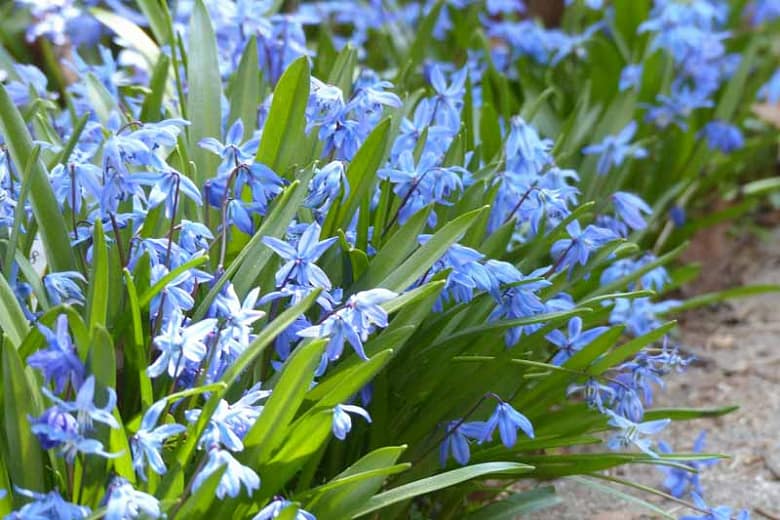
By Mary Ellen Shaw
Well, it will soon be spring… at least that is what the calendar says!
For me March is the month to change over the pine garlands on our cedar fence to something with a touch of spring. The weather tends to tease us at this time of year with an occasional warm sunny day. I like to take full advantage of that and head outside to make the switch.
I have learned over the years that people walking by our house look to see if I have decided to be rid of winter. Even if the yellow forsythia garlands get covered with snow every once in awhile, I just “dust them off” and let spring show through once again.
But when will actual flowers put in an appearance and in what order will that happen? If you are a gardener you are anxiously awaiting the real thing. Keep in mind that many of the flowers we look forward to seeing each spring need to be planted as bulbs in the fall. As they come into bloom take note of what you like so you can shop for them when autumn arrives.
In my garden snowdrops are the first to appear. They burst through the snow in March with their white blossoms facing downward. The dark green stems provide a perfect backdrop for the snow-colored flowers. If the temperature stays cool they will be around for several weeks.
Late March is when the hellebores appear. These are more commonly known as Lenten Rose. They do well in shade and come in a variety of colors. Mine are bi-colored. Some are cream and rose and the others are cream and chartreuse. Just like the snowdrops their petals face down but their stems are long enough that I can cut the flowers and use them in a bouquet. I like to put them in a vase along with a few small cypress branches taken from shrubs in the yard. It’s a fun time of year to look around your property and get creative.
Glory of the Snow is another choice when looking for early flowers that can be found poking their heads out of the snow. Their blue petals have a white center and the flowers face upward. They are star shaped and have six petals. In order to make a statement they should be planted in large groups as their height is only about 6 inches.
So what comes next? Crocuses can be seen bursting through the ground in early spring. Their extensive color palette makes them a great addition to any garden. Yellow, lavender and white show up better against the brown soil or mulch but if you mix purple or orange among the other colors they are stunning. They come in varieties with larger blossoms that are more visible. The best thing about crocuses is that they multiply giving you even more color over the years. To get the maximum effect plant them in groups of a dozen or more.
Scillas bloom at the same time as crocuses and provide the opportunity for blue flowers, which is a hard color to find. The scilla siberica are quite short at 4” so large groups are essential for impact with this flower. Besides being a part of your garden they also look nice under shrubs or at the base of trees. There is a larger scilla called scilla campanulata that has a 12-to-15-inch stem and bell-shaped flowers. They bloom a little later in spring and come in lavender, pink and white.
I’ll take a “look forward” to the next round of bulb flowers in my April column. Until then have fun looking at garden catalogs and remember spring is just around the corner!



